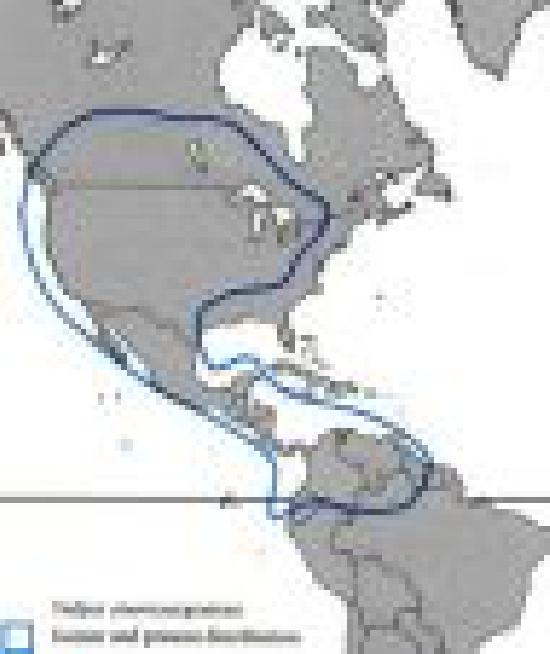English: Gray Fox; French: Renard gris; Aztec: Oztoa; Maya: C’amak; Spanish: Zorro pardo.
Former distribution: As now.
Present distribution: Southern Canada south to the eastern, western and south-western USA; through Mexico and south to northern countries of South America.
Behaviour: Preferred habitat includes dry forest regions; they hunt singly or in pairs, preying on all kinds of small mammals, fish, reptiles, birds and insects, also eating plants and fruits. They will sometimes climb trees. Activity predominantly nocturnal.
Population status: Stable.
Brief notes:
Body weight: 4-7 kg
Head and body length: 55-69 cm
Tail length: 30-45 cm
Shoulder height: 30 cm
Gestation period: 63 days
Maximum age: 13 years
Trophy: No records.
Hunting methods: With dogs, traps.
Remarks: Information required on behaviour and distribution in central and northern South America. The Island Gray Fox, Vulpes littoralis, found on the islands of the western USA is omitted here, due to its close relationship with the Gray Fox, Vulpes cinereoargenteus.
